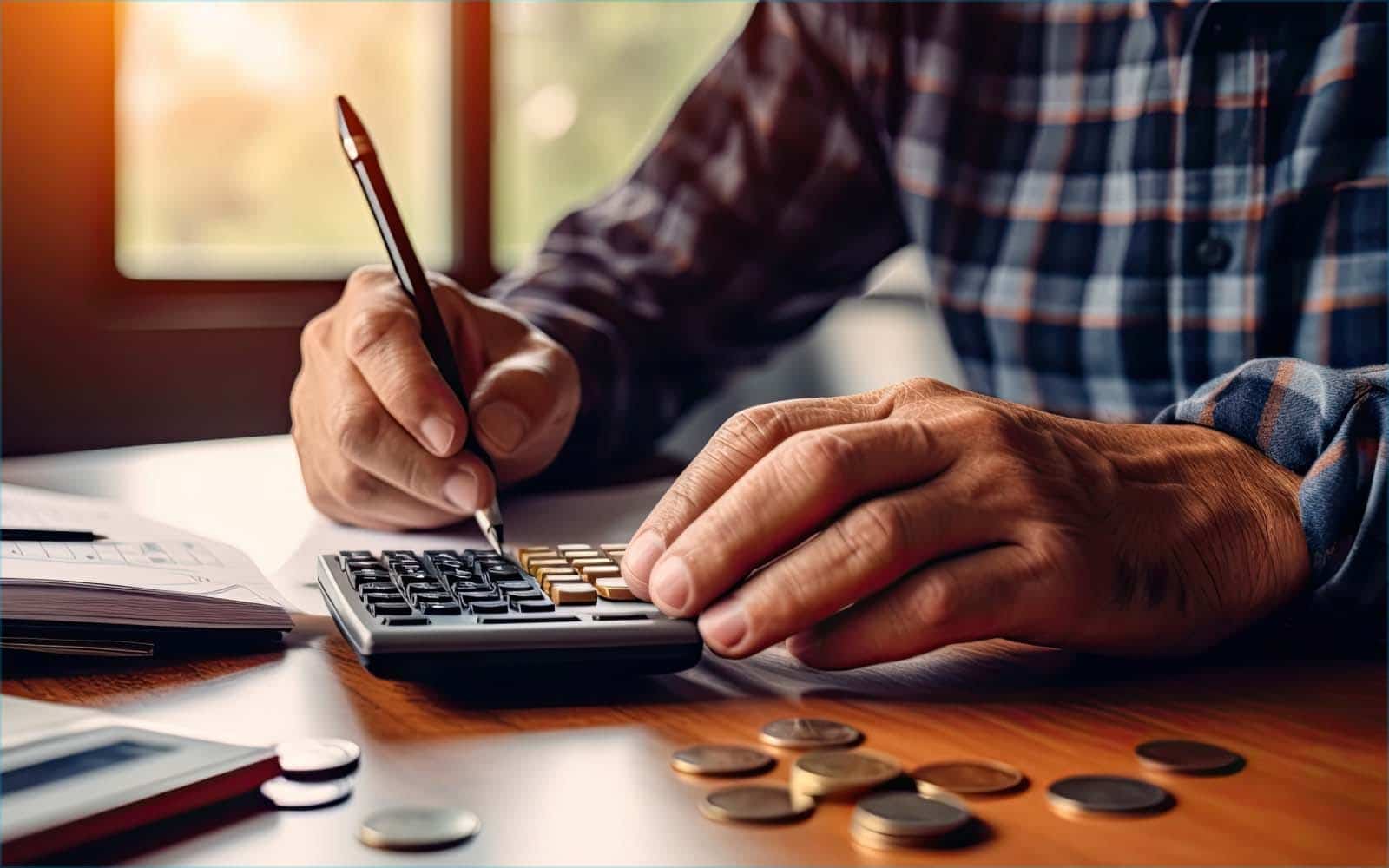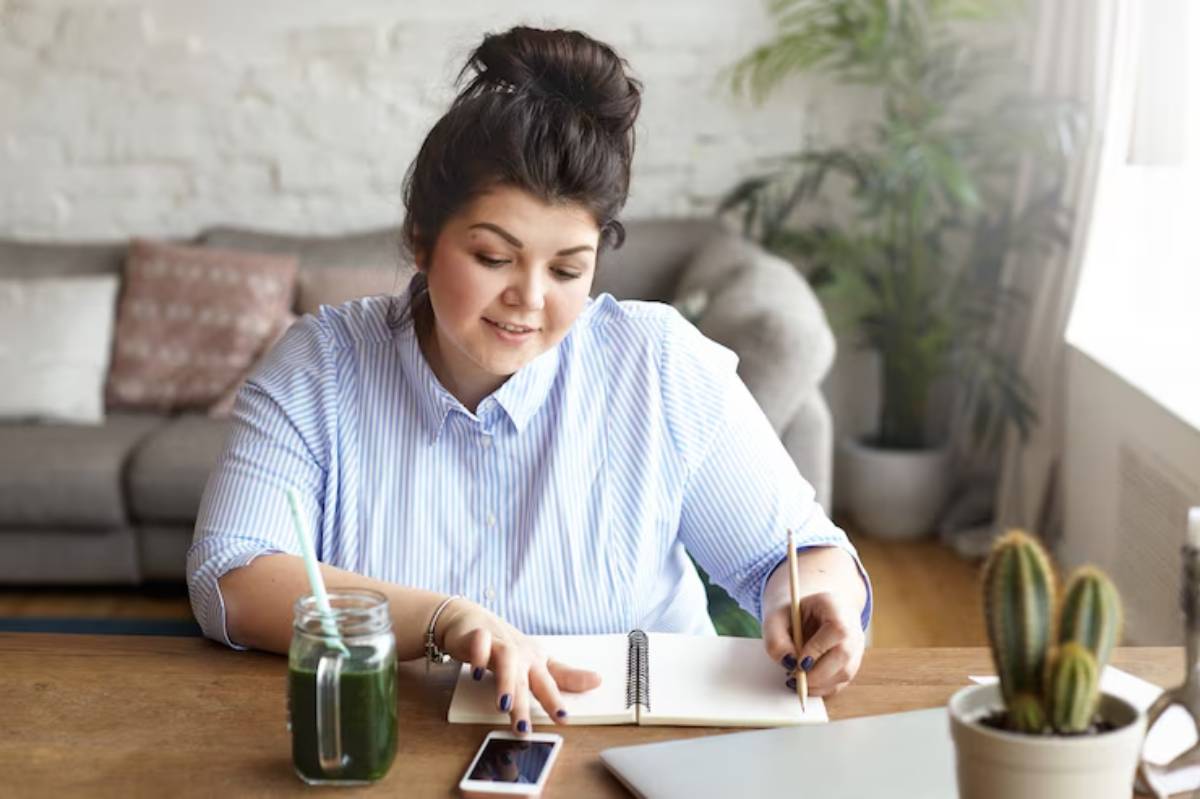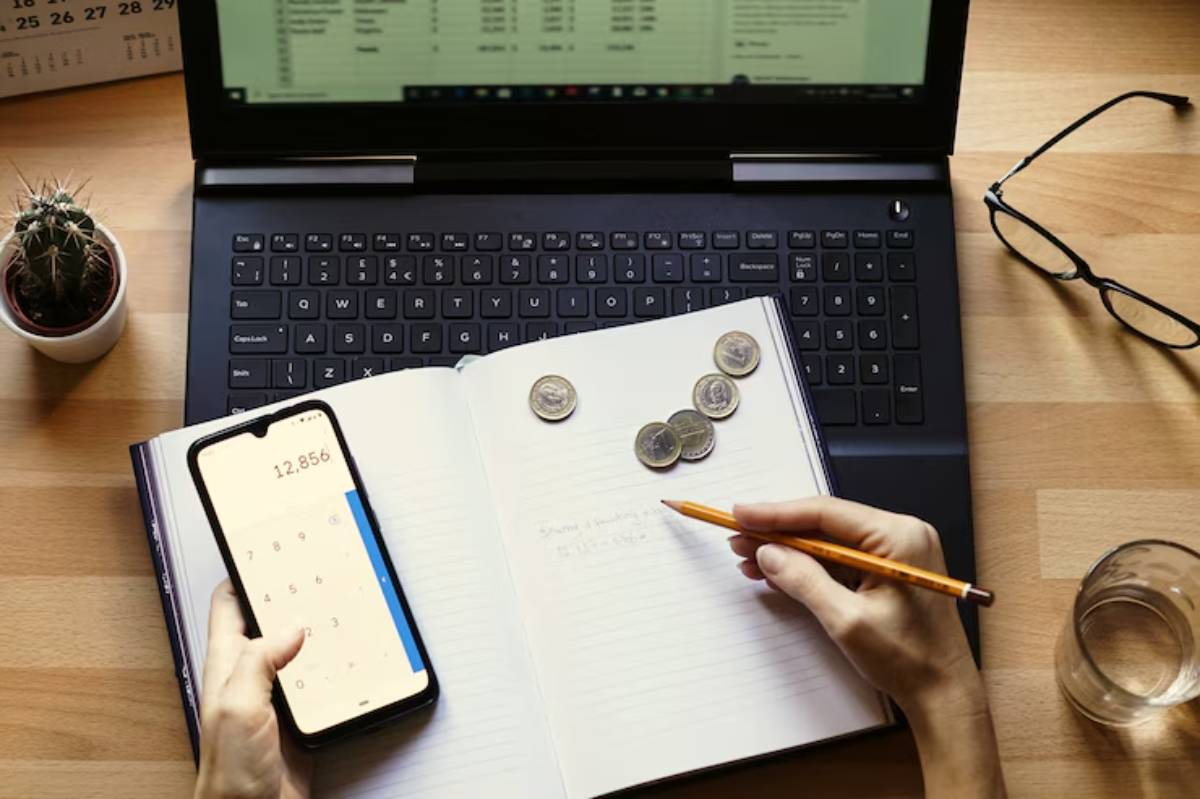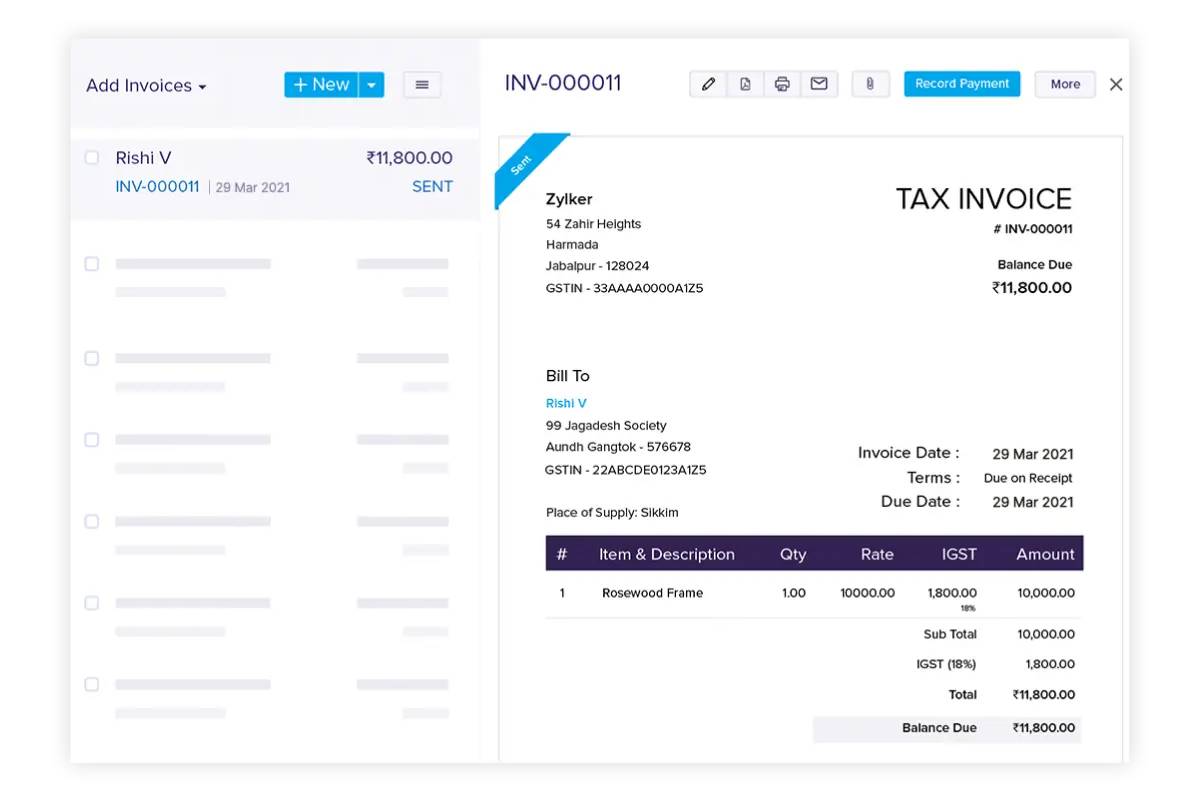
Utilising the Trading Allowance Effectively: A Freelancer’s Guide to Tax-Free Income
Ever wondered if there’s a simple way to earn some tax-free income without diving into the depths of Self Assessment or stressing over HMRC paperwork? If you earn a bit of money on the side — say, selling on Etsy, doing weekend photography gigs, or tutoring part-time — the trading allowance might just be the easiest tax break you’ll ever use.
The best part? It’s straightforward, widely accessible, and designed specifically for small-scale trading and side hustles. Yet, many people either don’t know about it or don’t fully understand how to use it properly.
In this post, we’ll walk you through what the trading allowance is, when it applies, how to use it effectively, and what the HMRC rules are. Whether you’re running a budding business or just testing the waters, this guide will help you make smarter financial decisions and stay on the right side of the taxman.
What Is the Trading Allowance?
Let’s start with the basics.
The trading allowance is a tax exemption introduced by HMRC in 2017. It allows individuals to earn up to £1,000 per tax year from self-employment or casual trading without paying tax or even having to register for Self Assessment.
Who can use it?
You can benefit from the trading allowance if you:
- Sell items online (eBay, Etsy, Vinted)
- Offer freelance services occasionally
- Do part-time work like tutoring, crafting, dog walking, or photography
- Provide informal services like car boot sales or DIY for neighbours
Who can’t?
It’s not available if:
- You already claimed expenses for the same activity
- You earn income through a partnership
- Your business is linked to your employer
- You’ve already registered for Self Assessment and are claiming costs
In short, if you’re making casual income and not yet registered as self-employed, this allowance is ideal.
How Does the Trading Allowance Work?

There are two ways to apply it — and this is where many people get confused.
Option 1: Full Exemption (No Need to Register)
If your total gross income from trading is £1,000 or less, you:
- Don’t need to tell HMRC
- Don’t need to register for Self Assessment
- Don’t need to file a tax return
That’s right — your side hustle is completely tax-free and admin-free. Just make sure your earnings stay under the threshold.
Option 2: Partial Relief (Use Instead of Expenses)
If your gross income exceeds £1,000, you can:
- Choose to deduct the £1,000 trading allowance instead of actual business expenses
- Report the remainder as your taxable profit
Example: You earn £2,000 from dog walking. You don’t have any significant expenses. You can deduct the £1,000 trading allowance and pay tax on the remaining £1,000.
This option is helpful if:
- You don’t have many costs to offset
- You want a simpler tax return
- You value ease over accuracy
You must still register for Self Assessment if your total gross income exceeds £1,000.
What Counts as Trading Income?
According to HMRC rules, trading income includes:
- Selling goods online (e.g., handmade crafts, vintage clothing, tech gear)
- Providing services (e.g., copywriting, hair styling, gardening)
- Renting personal equipment (e.g., tools, bikes)
It doesn’t include:
- Employment income
- Dividends or interest
- Rent from property (covered by a separate property allowance)
If your activities are regular and profit-driven, it’s considered trading. But occasional personal sales (like selling your old sofa on Facebook Marketplace) don’t usually count.
Real-World Example: Meet Anika, the Weekend Baker
Anika is a full-time teacher who bakes artisan sourdough on the weekends and sells it at her local market. In a typical year, she earns around £800 from these sales.
Because her income is below the trading allowance threshold:
- She doesn’t need to register as self-employed
- She doesn’t pay any tax on her earnings
- She keeps all her profit — a nice bonus on top of her day job
If her sales grew to £1,500, she’d need to register for Self Assessment but could still deduct the £1,000 allowance, making her taxable profit just £500.
It’s flexible, simple, and works especially well for “hobbyist” traders and side hustlers.
What If You Have More Than One Source of Income?

The trading allowance applies to trading income only.
So if you:
- Have a job (PAYE)
- Rent out a room (Rent-a-Room scheme)
- Receive dividends or savings interest
…these sources are treated separately for tax purposes.
However, if you have multiple self-employment activities, the £1,000 covers them all combined, not per activity.
So if you earn £600 from tutoring and £700 from graphic design, you can’t claim £1,000 on each. You’ll need to declare £1,300 total trading income.
Then choose between deducting:
- Actual allowable expenses, or
- The £1,000 trading allowance
Pick whichever is most tax-efficient.
Claiming the Trading Allowance: What You Need to Do
If you earn under £1,000:
- Keep records just in case, but no need to tell HMRC
If you earn over £1,000:
- Register for Self Assessment by October 5 following the tax year
- File your tax return by January 31
- Choose whether to deduct the £1,000 allowance or actual expenses
Record-keeping tip:
Even if you’re under the threshold, track income and receipts. You never know when your side hustle might grow, and you’ll thank yourself later for keeping things tidy.
Benefits of Using the Trading Allowance
- Simplicity: No need for bookkeeping or expense tracking if you opt for the flat £1,000
- Tax-free earnings: Ideal for microbusinesses, side projects, and hobbyists
- Low admin burden: No registration if you stay below the limit
- Flexibility: Let’s you test a business idea before going full-time
Limitations and Things to Watch Out For
- No double-claiming: You can’t claim both the allowance and actual expenses
- Not for partnerships: It’s only for individuals, not shared businesses
- Linked businesses: If you earn from multiple businesses that are connected (e.g., under the same brand), HMRC may treat them as one for the allowance
Always check your situation carefully, especially as your income grows or becomes more regular.
What If You Accidentally Go Over the Limit?
If you earn £1,001 or more, even by a small amount:
- You must register for Self-Assessment
- You must report the entire amount, even if you’ll just deduct the £1,000
- Ignoring this could lead to penalties for non-disclosure
To avoid surprises, check your income regularly — especially if payments vary month to month.
When Should You Stop Using the Trading Allowance?
As your business grows, it may be more efficient to:
- Register as self-employed
- Claim your actual expenses (which might exceed £1,000)
- Start using accounting software to keep records
- Consider setting up a limited company (when income gets much higher)
The trading allowance is perfect for starting out, but it’s not a long-term strategy once your side hustle becomes a proper business.
Conclusion: Make the Most of This Small but Mighty Tax Break

The trading allowance is one of the most straightforward tax perks for freelancers, creatives, and side hustlers. It allows you to earn up to £1,000 tax-free, with minimal paperwork and maximum flexibility — a rare combination when it comes to HMRC.
Key takeaways:
- Earn under £1,000? No need to register or pay tax
- Earn over £1,000? Choose between claiming the allowance and your actual expenses
- Keep records even if you’re under the threshold
- Know when to register — and when it’s time to upgrade your setup
Your next step? Review your trading income for the current tax year. Are you under the allowance? Over? Could you be claiming this tax break and aren’t? Take a few minutes to check — and potentially save yourself time, stress, and money.


